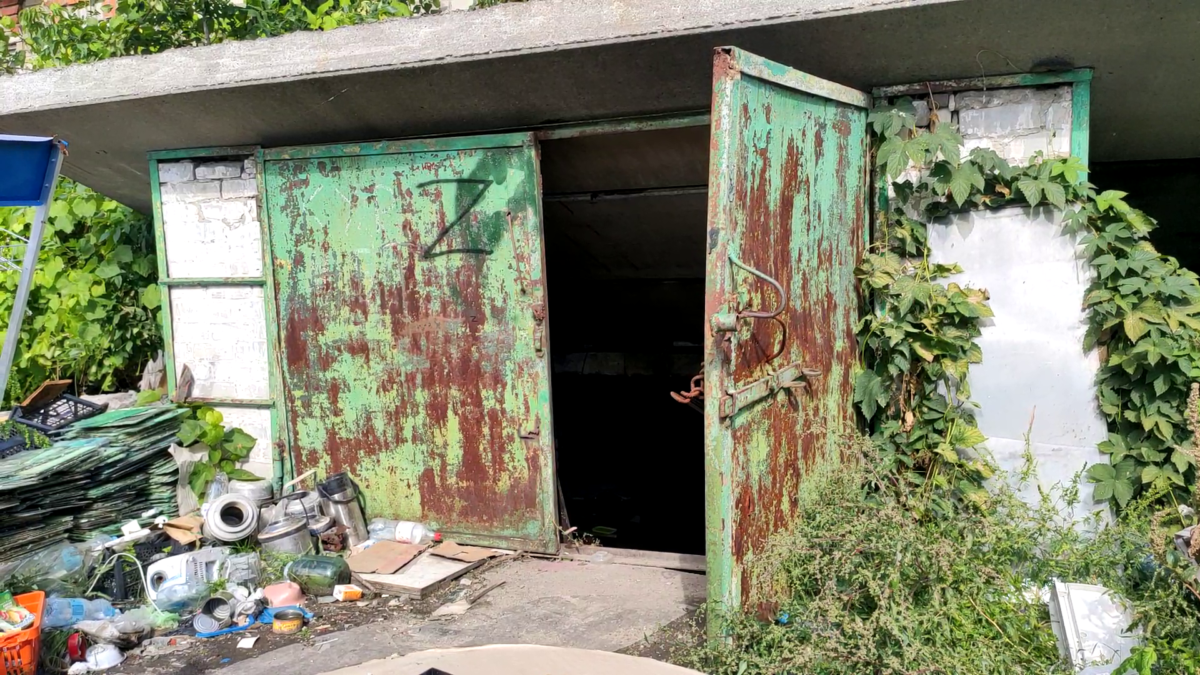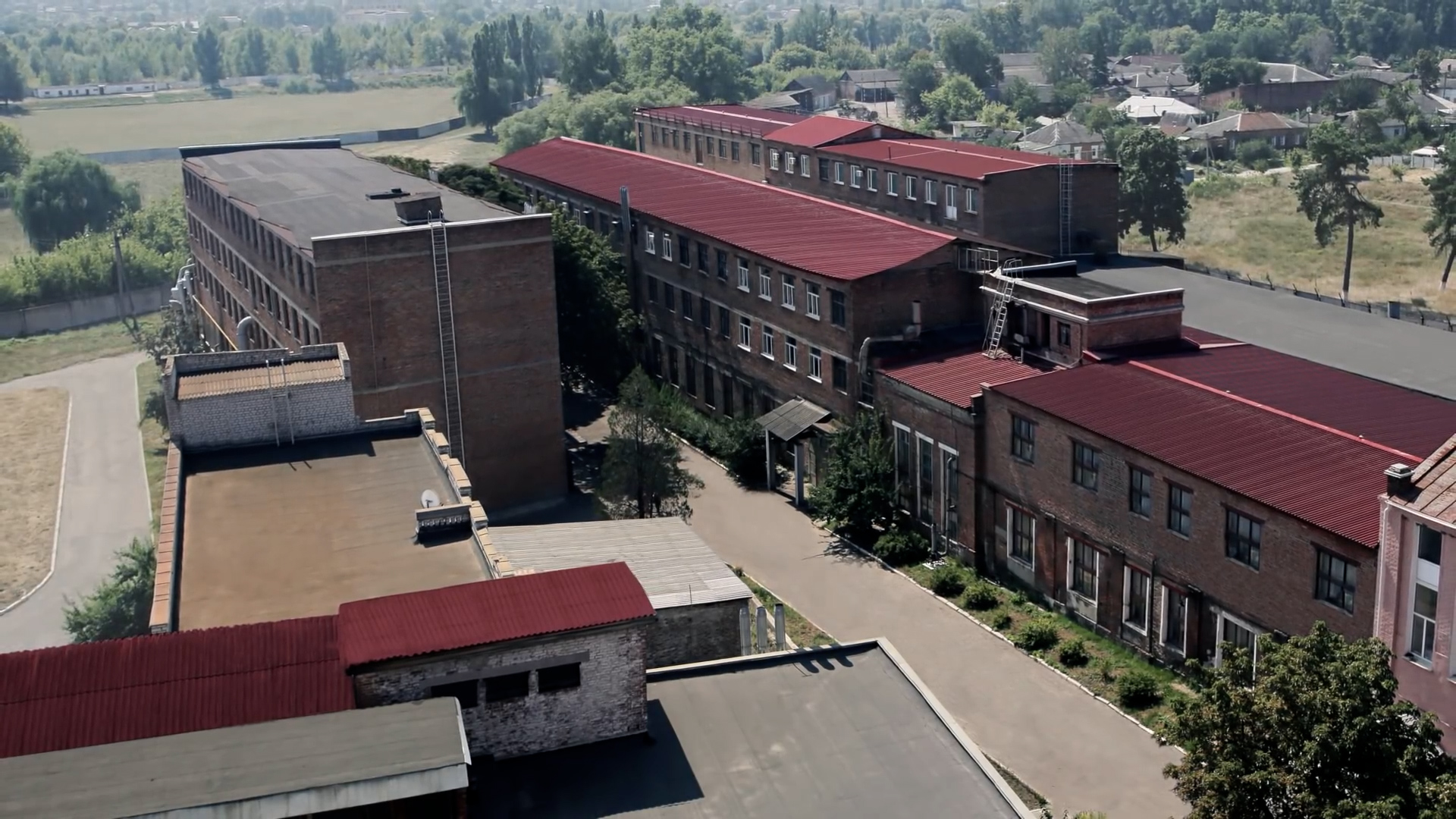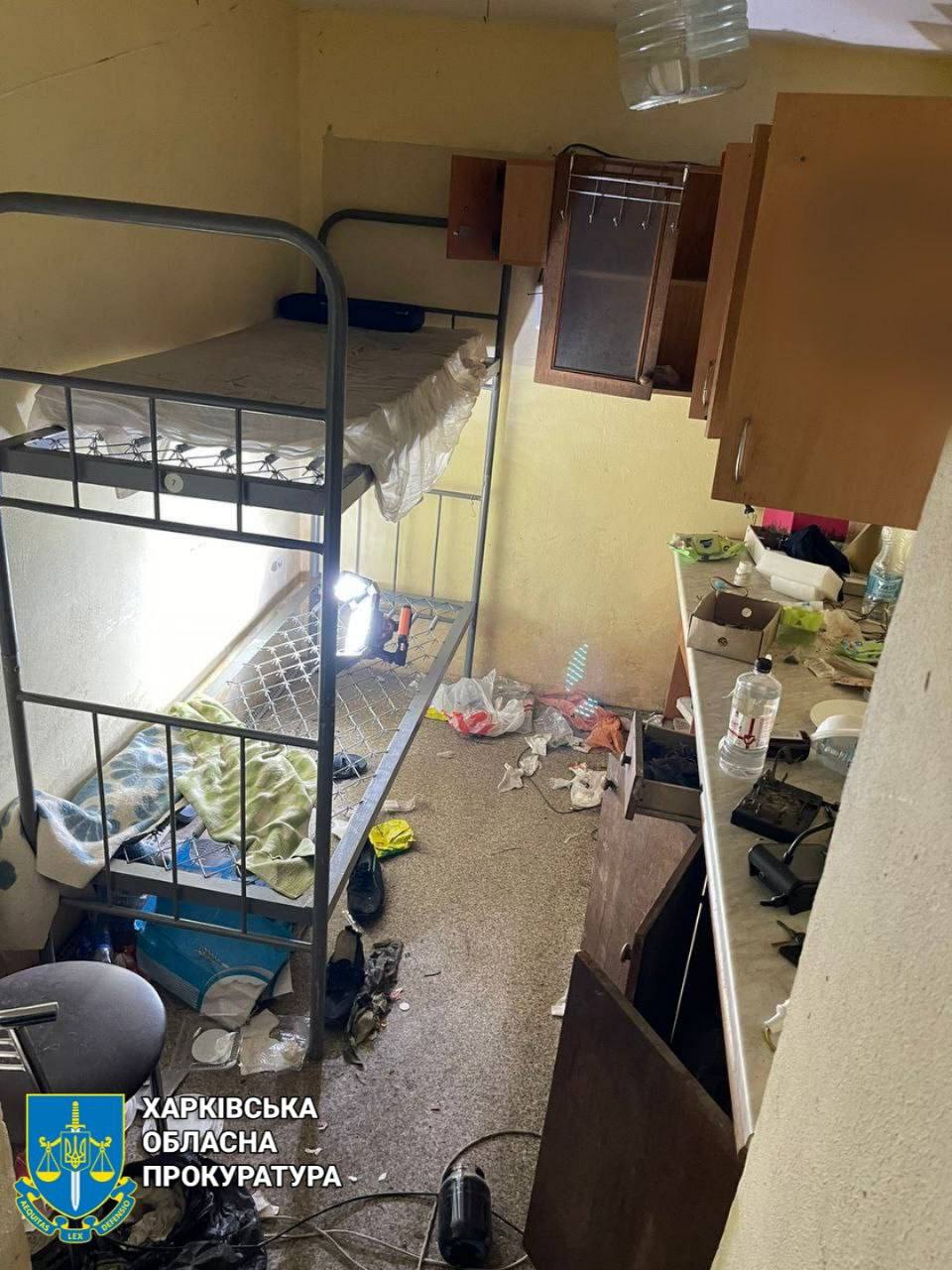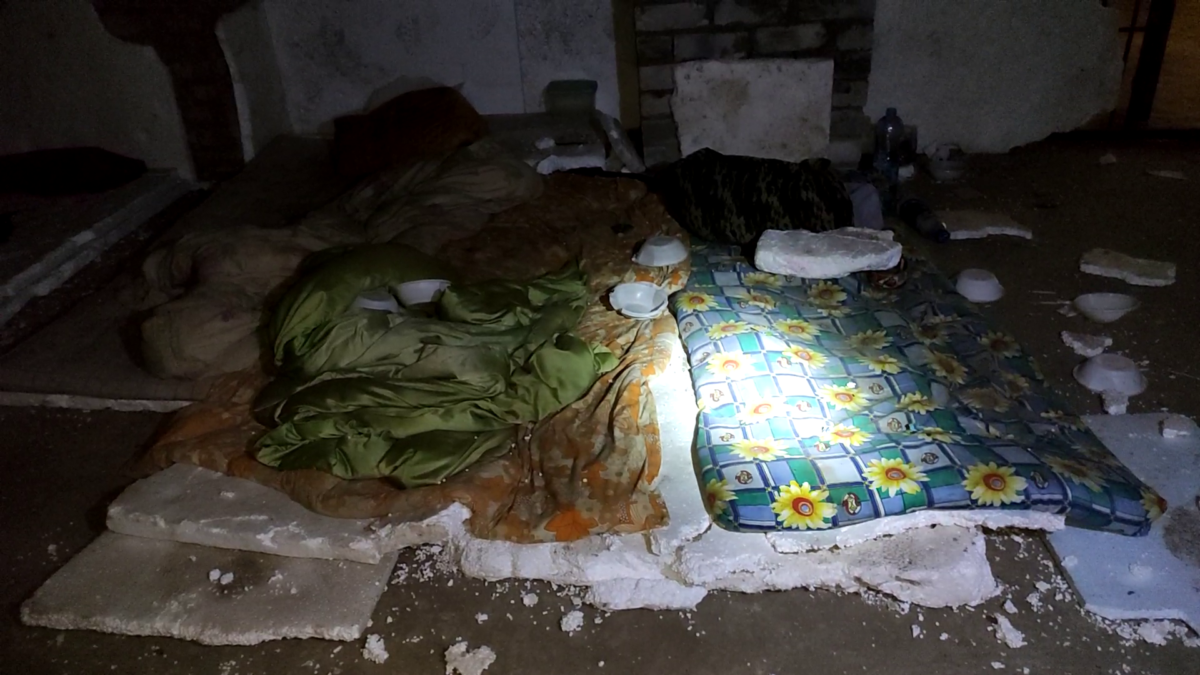The torture of Ukrainians under Russian occupation (Kharkiv Region)

In this short report we summarise events that may be classified as torture committed by Russian military forces in Ukraine. We derive our facts from incidents documented by the KHPG in the T4P database between 24 February 2022 and 16 September 2023.
Our organisation continues to gather information and to offer legal, psychological and humanitarian aid to the victims of these international crimes.
The full version of this report may be found in Ukrainian on the KHPG website.
Overview
For the period from 24 February 2022 to 16 September 2023 the KHPG documented 308 events in the Kharkiv Region that might be classified as incidents of torture or inhuman treatment.
All but one of these incidents took place in the following four districts temporarily occupied by Russian forces last year: the Izium district (165 incidents), the Kharkiv district (53), the Kupiansk district (48) and the Chuhuiv district (41 incidents).
According to KHPG data the town in the Kharkiv Region where most of these incidents occurred (a total of 68) was Izium.
Places of detention and torture
During the period under consideration the KHPG recorded the direct testimony of civilians who were unlawfully detained by Russian soldiers and tortured in 15 different locations in the temporarily occupied Kharkiv Region.
Most of the victims of this mistreatment in the occupied areas of the Kharkiv Region were held at the Vovchansk engineering works. In an interview Oleh Toporkov, the deputy head of the plant, said that during their occupation Russian forces had transformed the works into “a full-scale concentration camp”.

Together with information gathered during personal contact with the victims and witnesses of torture, the KHPG has continually collected and analysed data in open sources. The KHPG has recorded information about 25 locations in the temporarily occupied Kharkiv Region where the Russian invaders detained and tortured Ukrainians.
The mass of information gathered by the KHPG indicates that Russian forces in the Kharkiv Region operated a two-tier network of unlawful places for the detention and torture of civilians.[note 1]
After seizing civilians Russian soldiers detained them for a comparatively short time in the first-tier detention centres: it was there that detainees underwent initial “interrogation”. Civilians were later transferred to the second-tier places of detention where a decision was usually taken whether to detain them further or to release them. While there, civilians were subjected to repeat “interrogations”. (Such so-called interrogations were a methodical form of torture and have nothing in common with the process of the same name in the criminal-procedural understanding of the term.)

Forms of torture
The forms of torture were similar for many geographically remote places of detention, further confirming that the use of torture was systematic and deliberate.

Testimony by victims indicates there were several widespread forms of torture:
- Beatings of the victims’ face, head and body using arms (sometimes wearing special gloves), legs and other objects (gun butts, rubber truncheons, wooden bats, belts, etc.);
- Electric shock torture using tasers or attaching live wires to the fingers, ears and nose of victims;
- Slashing the ears and fingers of victims with sharp blades or attempting to cut off parts of the body, particularly ears, even if such attempts were not completed;
- fake executions by shooting.
In their depositions a considerable number of the victims note the particular cruelty of these forms of torture. Victims were beaten so severely that they lost consciousness. An electric current was so strong, one victim noted, that “my body crumpled up and foam came out of my mouth”.
The purpose of torture
The main aim of the seizure and torture of civilians was “interrogation”. Such “interrogations” were continuous torture to obtain information that the victims might not even possess. Other grounds for conducting such an “interrogation” were so-called suspicions that the victim had helped Ukraine’s armed forces, e.g., to direct their firepower more accurately. Such “suspicions” were quite unfounded and used as an excuse to seize someone and torture him or her.
One widespread form of torture was directed at forcing a victim with clearly pro-Ukrainian views to publicly demonstrate loyalty to Russia and to “deny” his or her pro-Ukrainian views.
There were also many cases when torture was simply a way of humiliating the victims. Cases were recorded when victims were beaten for no reason at all, simply as a form of entertainment for their tormentors.
Inhuman treatment
The KHPG is convinced that the conditions in which “civilian detainees” were held were so terrible that they constituted in themselves a form of inhuman treatment that in nature approached the suffering inflicted during torture.

The recorded testimony of victims makes it possible to identify at least the following aspects of the conditions in which people were detained as amounting to inhuman treatment:
- Overcrowded cells and premises
- Unventilated premises
- Lack of daylight
- Lack or insufficient volume of food and drinking water
- Inappropriate conditions for visiting the toilet or lack of any such
- Keeping detainees handcuffed and blindfolded
- Lack of necessary medical care
- Unbearable cold in the premises
Preliminary judicial assessment
According to the Rome Statute of the International Criminal Court, torture may be classified as a war crime (Article 8) or a crime against humanity (Article 7).
As a crime against humanity, moreover, torture must be seen as part of a widespread or systematic attack on any civilian population, during which the perpetrators are aware that their actions form part of such an attack.
Conclusions
An analysis of the data collected gives grounds for offering a preliminary qualification of the actions described above as a crime against humanity under Article 7: 1 (f) of the Rome Statute as torture committed as
part of a widespread and systematic attack directed against any civilian population consciously and deliberately directed against the civilian population of Ukraine.
[1]The breakdown into two levels is descriptive and based on the patterns of behaviour established by the KHPG.